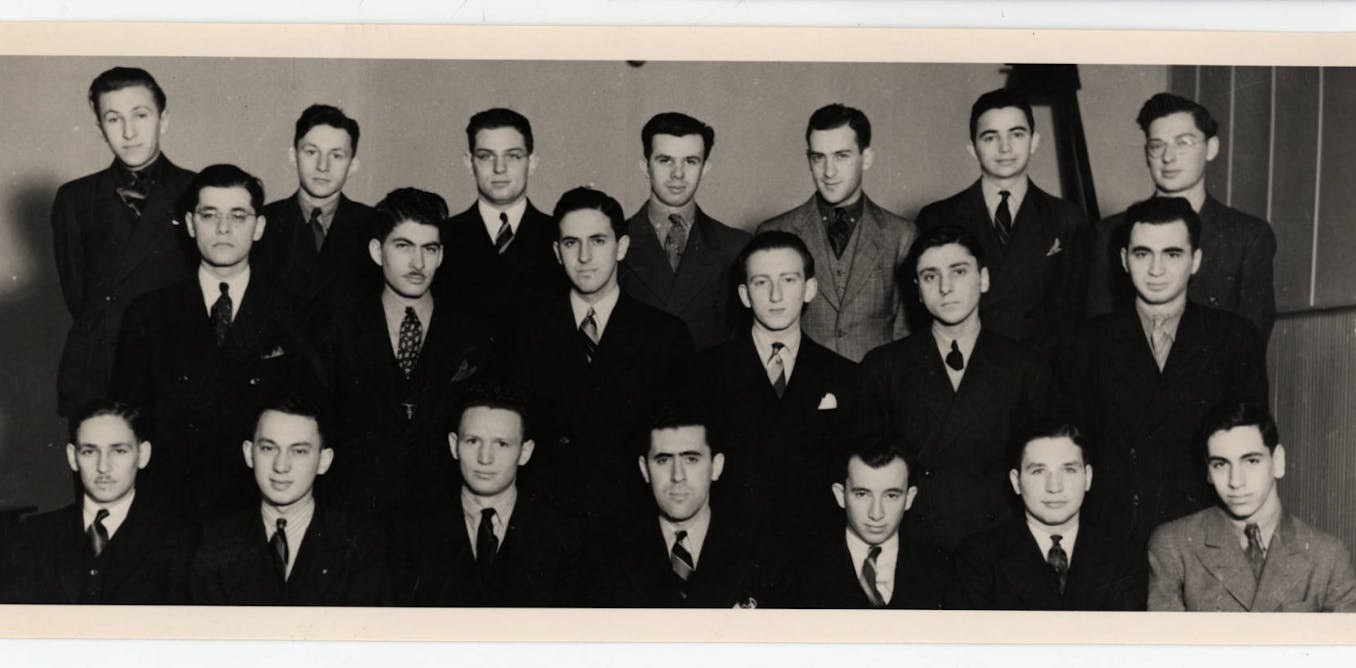Education
Young professionals are struggling to socially adapt in the workplace – educators can help
Despite ongoing worries about how artificial intelligence will affect jobs, research shows that employers increasingly value something that only human workers can provide – soft skills. These include knowing how to communicate with co-workers, put others at ease and navigate coNFLict.
However, these essential skills are often neglected in traditional higher Education. Colleges and universities’ primary focus is to teach students how to become experts in their fields, but they often fall short in preparing students for the social and emotional demands of the workplace.
This disconnect is not a minor oversight. It’s a fundamental flaw in how colleges and universities equip young professionals for success. At best, it creates a communication gap between younger and older workers. At worst, it impacts young workers’ job performance as well as their mental health as they struggle to prove themselves.
A case study
Let me introduce you to a young woman whom I taught. Let’s call her Emily to protect her privacy. She represents the qualities and challenges that many employers have observed in their new young hires.
Emily graduated at the top of her class at a public university, eager to make an impact in her new role at a dynamic startup. However, she soon encountered unexpected challenges.
She came to my office often after she graduated and told me she found it difficult to connect with colleagues and articulate her ideas in team meetings. This disconnect was compounded by a lack of understanding of workplace culture, including knowing how the chain of command works and how to communicate with her colleagues and bosses. She misinterpreted feedback as criticism rather than advice and struggled to communicate her thoughts clearly and precisely. She also struggled with how to manage conflict in the office.
As weeks passed, Emily’s anxiety mounted. She felt the pressure to prove herself. Meanwhile, her attempts to contribute innovative ideas were often met with confusion or resistance, further complicating her integration into the team.
Her bosses grew increasingly frustrated with what they perceived as Emily’s inability to communicate effectively.
Accustomed to clear and direct communication, they found Emily’s approach unengaged. Emily vented her frustrations in online chats and apps, like Snapchat, and even made a TikTok video about it, rather than approach her boss for a one-on-one conversation. This only widened the divide between her and her employer.
A growing challenge in the workplace
Emily’s experience is far from unique. It represents a growing challenge faced by young professionals transitioning from the structured environment of education into the unpredictable terrain of the workforce. This period of transition can overwhelm new graduates who find themselves unprepared for the realities of professional life despite their academic achievements.
The transition from student to employee often triggers anxiety, stress and frustration. High expectations placed on young workers to quickly adapt and perform, often without sufficient support, exacerbate these feelings.
In Emily’s case, her feelings of isolation grew, and she began to believe she was falling short of her potential. Lacking strong coping mechanisms, she became increasingly stressed, further impairing her ability to perform and communicate effectively.
Young professionals’ struggles to find their footing in their jobs also have an impact on the workplace as a whole.
One of Emily’s key challenges was navigating workplace communication, where the generational gap between young professionals and their more experienced colleagues often led to differing communication styles and expectations.
While older generations may favor direct, in-person communication, younger workers like Emily are more accustomed to digital communication. They may rely on social media platforms, like X and Snapchat, for feedback and support.
This generational divide can lead to misunderstandings and frustrations on both sides. In Emily’s case, her inclination to seek online feedback was perceived by her employer as unprofessional. Such misalignments highlight the need for better preparation and understanding of workplace dynamics, starting in college.
A path forward
While teaching social and emotional skills is a well-established practice in K-12 schools, it hasn’t gained the same traction in higher education. I see this as a missed opportunity. Research shows that while social and emotional learning in K-12 schools can be effective, kids are still suffering from high levels of anxiety and stress, especially since the pandemic. Colleges and universities could – and should – pick up where K-12 schools leave off and continue preparing students to manage their stress and the pressures they will face on the job.
Educational programs that offer applied experiences, such as internships, provide valuable opportunities for students to utilize their skills professionally and develop essential interpersonal skills. But educators can also help develop these skills right in the classroom. As a researcher with an extensive background in education and student services, here are some ways I see to accomplish that goal:
Prepare students for the real world by using role-playing simulations. For example, students could act as members of a startup or a corporate team, where they must navigate not only business tasks but also manage interpersonal conflicts, negotiations and decision-making.
Create “feedback loops,” where students practice giving and receiving constructive feedback with their peers. This helps students develop communication skills, emotional resilience and the ability to navigate criticism gracefully – a key workplace skill.
Teach leadership courses that focus on emotional intelligence. These courses would teach students how to lead effectively under pressure, balancing task completion with team well-being and emphasizing empathy and adaptability.
Incorporate mental health education and resilience training into the curriculum. This will equip students with the tools to manage stress and maintain well-being on the job.
The transition from education to the workforce is complex and challenging. By cultivating emotional intelligence, communication skills and adaptability, educators can help prepare students for the realities of professional life and bridge the gap into the modern workforce.
-
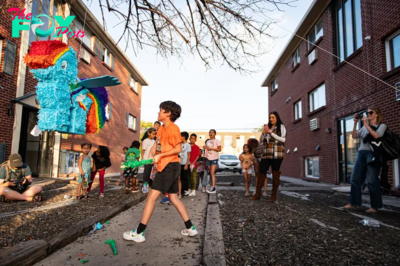
 Education2d ago
Education2d agoColorado schools commit to protecting students ahead of potential mass deportation
-

 Education1w ago
Education1w agoMothers, metaphors and dyslexia: What language reveals about the challenges of a child’s learning disability
-

 Education1w ago
Education1w agoBrain-training games remain unproven, but research shows what sorts of activities do benefit cognitive functioning
-
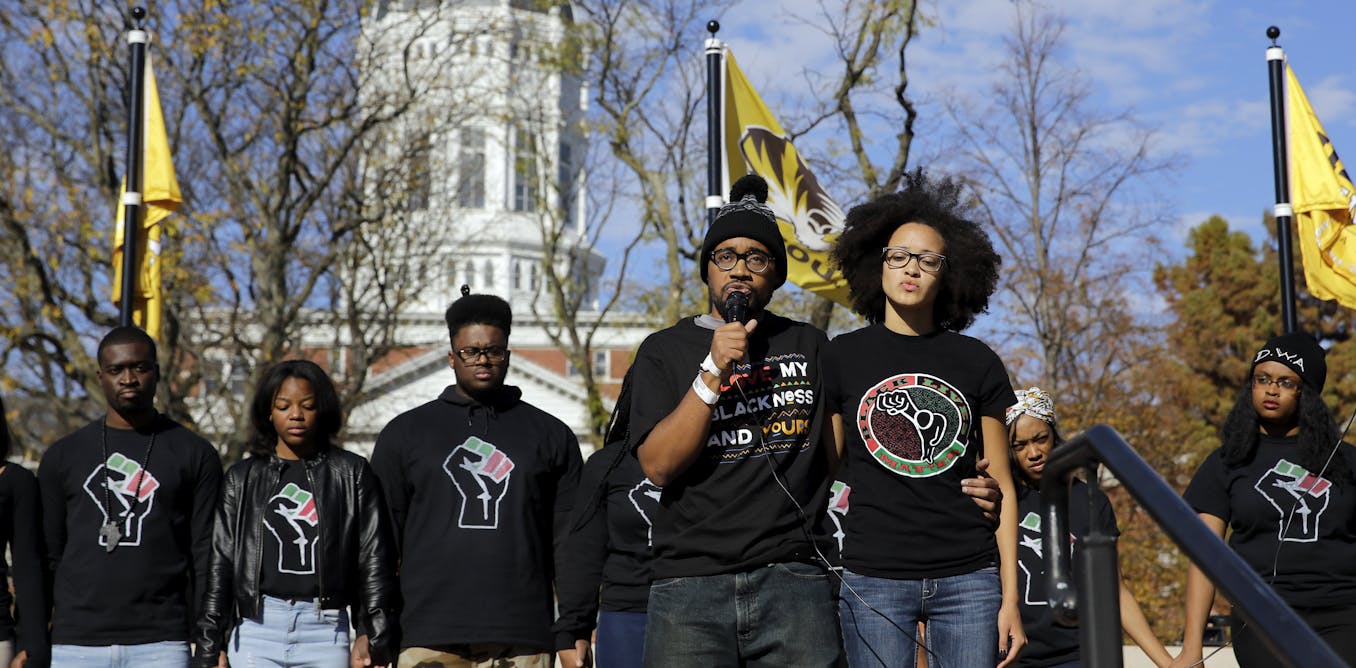
 Education1w ago
Education1w agoRacism is such a touchy topic that many US educators avoid it – we are college professors who tackled that challenge head on
-

 Education1w ago
Education1w agoHere’s what happens when a school is located near a cannabis dispensary
-
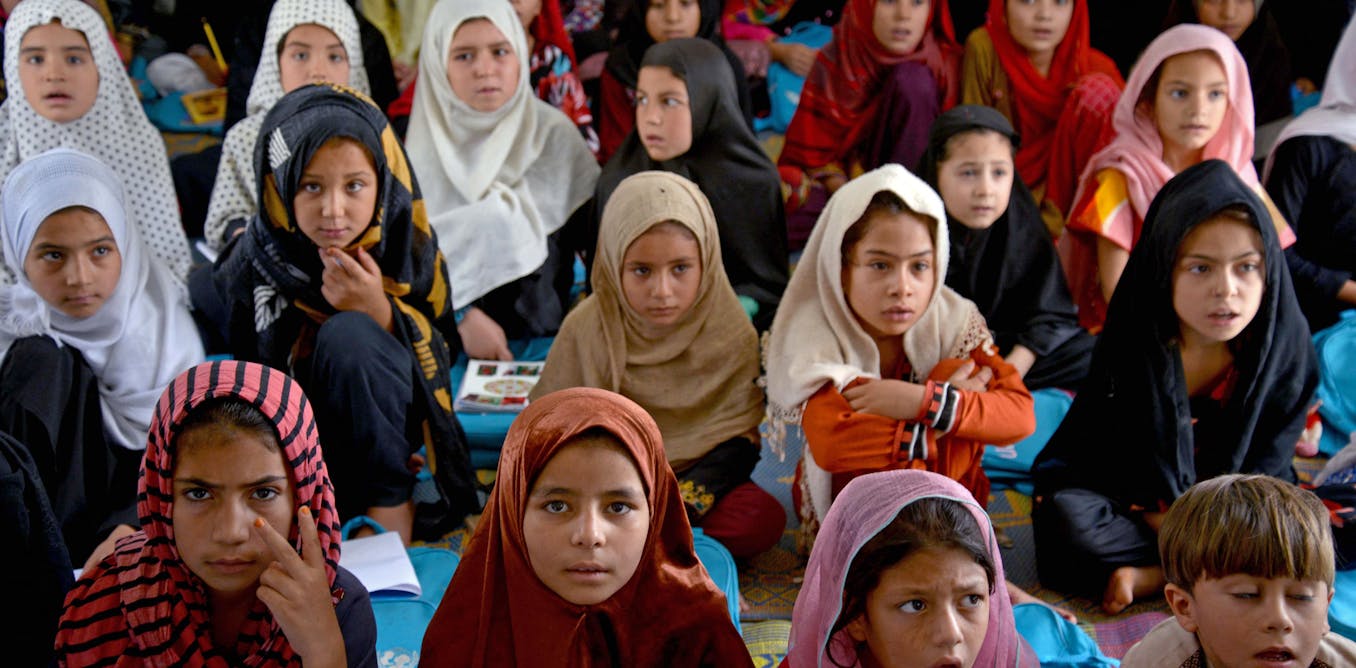
 Education1w ago
Education1w agoHow the Taliban are seeking to reshape Afghanistan’s schools to push their ideology
-

 Education1w ago
Education1w agoState Board of Education keeps pro-charter school bent after Republican wins 8th District race
-
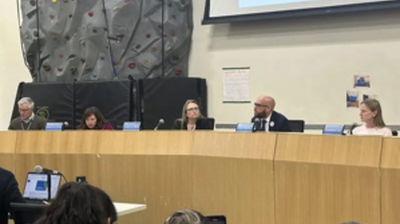
 Education1w ago
Education1w agoDenver Public Schools superintendent proposes closing these schools at the end of the school year




